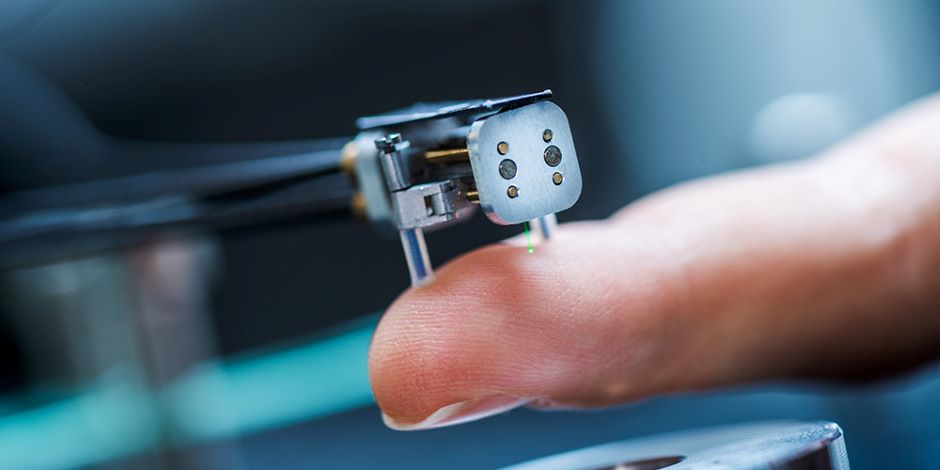Their work is part of Miracle (Minimally Invasive Robot-Assisted Computer-guided LaserosteotomE), a project at the University of Basel which initially combined high precision laserosteotomy with endoscopy for surgical applications ranging from cranio-maxillofacial to spinal column surgery.
How the Versius robot could bring keyhole surgery to the masses
The team at the University of Basel has now received additional funding worth around £10m from the Werner Siemens Foundation to carry out Miracle’s second phase, the overall aim being to transform surgery by adapting it to patient specific data using a variety of tools.
Planning operations in virtual reality and using 3D-printed organic implants in minimally invasive surgical procedures form part of Miracle.
In the first phase, the team headed by Professor Philippe Cattin, head of the Department of Biomedical Engineering at the University of Basel, developed a virtual reality platform for planning surgeries, which is now in use. This system will be expanded so that the exact shapes of bone replacement implants can be determined directly in VR.
“With Miracle, we don’t just want to develop a new technology but rather fully transform bone surgery,” said Professor Hans-Florian Zeilhofer, a surgeon who headed the first project phase with Cattin.

The team is also investigating patient-specific implants that are custom manufactured in bioreactors or created using robot-supported organic printing technology outside and inside the body through a 3D printing process.
“A lot of the surgical procedures we can plan on the computer are not yet possible using currently available tools,” said PD Dr. Dr. Florian M. Thieringer, oral and maxillofacial surgeon, who is co-directing “Miracle II” with Cattin and also heads the 3D printing lab at the University Hospital of Basel. “We are currently developing the technology with which we can implement this in the operating room.”
The university added that the exact planning and strategic decisions on procedures will remain the domain of medical specialists.
A longer version of the video is available below.
https://www.youtube.com/watch?v=D4bzXp6qkew&feature=emb_logo




Nanogenerator consumes CO2 to generate electricity
Nice to see my my views being backed up by no less a figure than Sabine Hossenfelder https://youtu.be/QoJzs4fA4fo